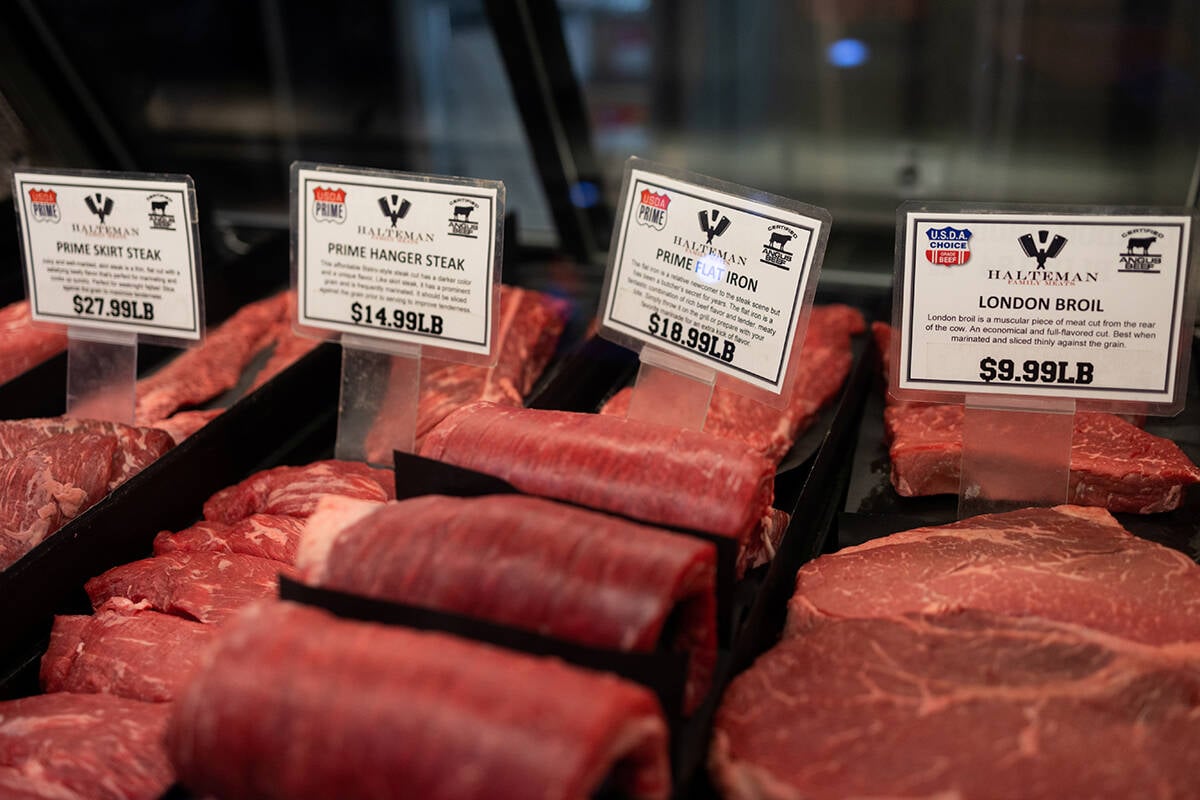Domestically, the Canadian government often faces political critics who argue that too much of its agricultural policy is focused on trade and too little on domestic market development.
They also complain that despite all the trade promotion, talks and trade mission travel, there have been few significant agreements signed during seven years of Conservative government.
Even trade specialists who support the government agenda often grumble that too much attention and resources are spent on small markets while bigger deals with Europe, Japan and India are just part of the queue.
Read Also

Trump’s handling of the beef market isn’t helping matters
It appears U.S. president Donald Trump’s knowledge of the beef industry is pretty much limited to his taste for Big Macs.
A new trade promotion report from the U.S. Export Development Council offers a more flattering impression of Canada’s agricultural trade promotion efforts.
As the U.S. faces declining domestic demand for its corn and oilseeds because of falling meat consumption and stalled biofuel industry demand, industry leaders argue that a renewed focus on exports is required to deal with surplus grain and oilseed crops and expected softening prices.
However, the USEDC study of competitor exporters concluded that the United States has fallen behind in its export promotion.
Canada did fairly well.
It placed Canada fourth in funding of export promotion programs with $123 million US in promotion spending, almost half from government.
By contrast, American government spending on trade promotion was barely three times more than Canada’s, although the U.S. scale is typically calculated at 10 times Canada’s.
The European Union was the largest supporter of export promotion, and among smaller exporters, New Zealand, led by its private sector, was proportionately the largest supporter by far.
“Our competition is real and it is active,” U.S. Wheat Associates vice-president for communications Steve Mercer told a meeting of the U.S. Grains Council in Ottawa this week.
He said Canadian exporters have an advantage because trade promotion spending has tripled in the past decade, the federal government contributes to industry groups with their own marketing plans and the Canadian commitment through federal-provincial agreement is for five years.
By contrast, American export development funding has been stagnant as Washington deals with massive deficits and Congress has decided funding commitments will be year to year.
Mercer said the U.S. has fallen behind because competitors have been more active, and budget pressures in Washington make funding less predictable.
He suggested there is less of an emphasis on agricultural exports in the U.S. because of a focus on domestic markets, including ethanol, and because agriculture has declined in the public perception as an important industry.
Mercer also suggested that Canada has a marketing advantage that that money cannot buy.
“You have a Canadian brand, your government promotes that, your industry promotes that and it is an advantage in the world,” he said.
“The term ‘product of America’ does not sell well in many parts of the world.”
So the maple leaf flag sewn onto a backpack or a bag of Canadian pulse products still has some caché. Or so the Americans think.














